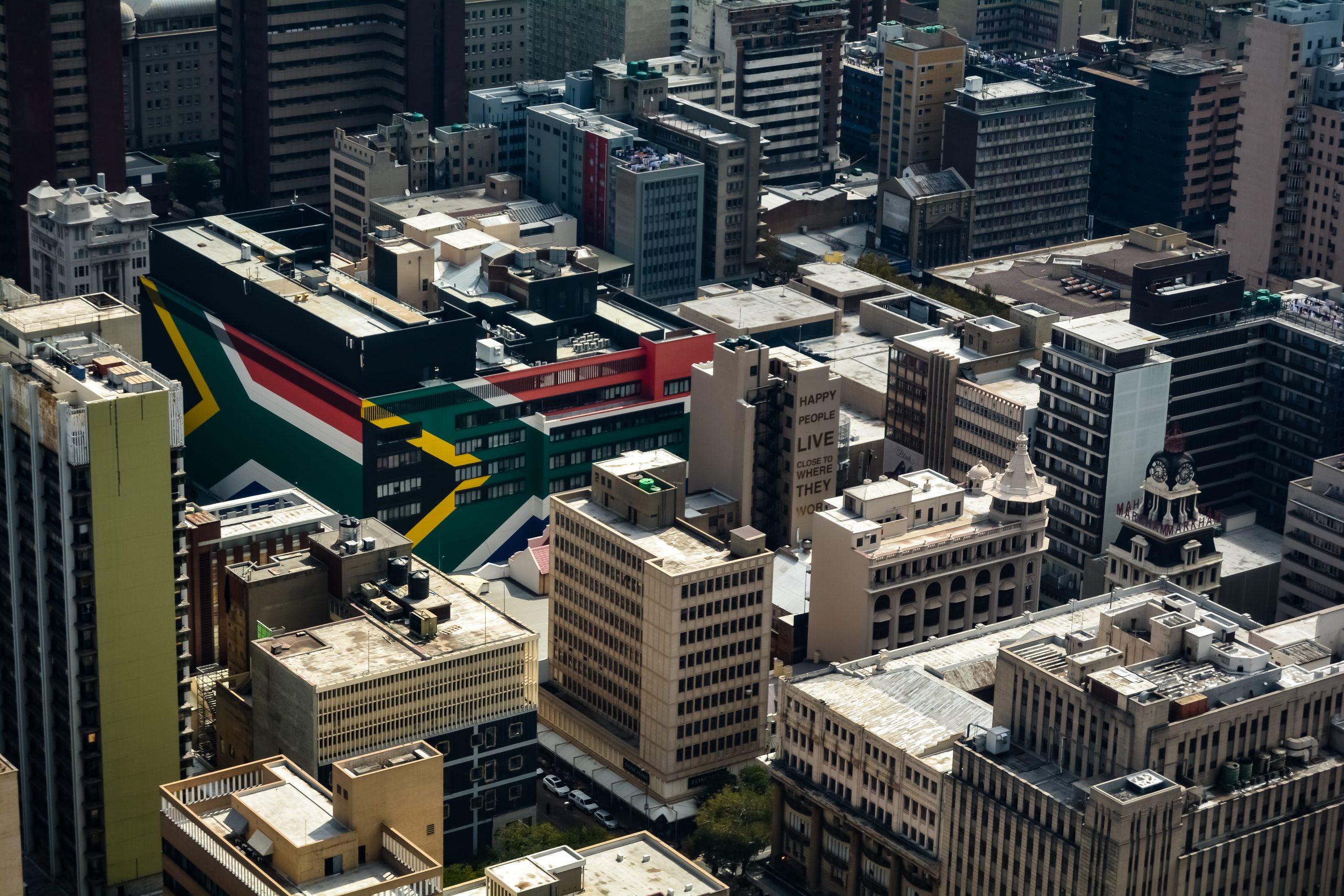Darkness has descended upon South Africa as the country grapples with a prolonged period of power outages known as load shedding. While many are familiar with the immediate implications of this energy crisis, few understand the long-term effects it is having on the economy. In this blog post, we delve into the dark side of load shedding and analyze its impact on South Africa’s GDP figures – revealing a picture that is far from rosy. So buckle up and get ready to explore how an unreliable power supply can lead to a depressed economy!
The problem of load shedding in South Africa
Load shedding, the controlled power outages implemented by South Africa’s state-owned power utility Eskom, has been a regular occurrence in the country since 2008. The economic impact of load shedding has been well-documented, with GDP growth taking a hit in 2014 when large-scale blackouts were implemented.
While load shedding has been necessary to avoid complete grid collapse, the way in which it has been managed has been criticized. In particular, the lack of warning and transparency around scheduled outages has led to businesses and households being caught unaware, leading to lost productivity and revenue.
The most recent figures from Stats SA show that GDP growth in South Africa slowed to 0.6% in the first quarter of 2019, down from 1.4% in the fourth quarter of 2018. This is largely attributed to load shedding, which caused output in mining and manufacturing to contract sharply.
The problem of load shedding is not only having a negative impact on GDP growth, but also on consumer confidence and business confidence. With no end in sight to the rolling blackouts, it is likely that South Africa’s economy will continue to suffer in the months ahead.
The impact of load shedding on the economy
The load shedding crisis in South Africa has had a severe negative impact on the economy. The country’s GDP growth rate for the first quarter of 2019 was 0.4% – the weakest quarterly growth rate since the second quarter of 2009. This is largely due to the fact that load shedding has caused widespread power outages, which have resulted in production disruptions and higher costs for businesses.
According to economists, theload shedding crisis could shave 0.5% off of South Africa’s GDP growth rate for 2019, which would result in a GDP growth rate of just 1%. This would be a disappointing outcome, especially considering that the country was expecting GDP growth of around 2% for the year.
Load shedding has also caused an increase in inflation, as businesses have had to pass on their higher costs to consumers. The inflation rate for April 2019 was 4.5%, up from 4.1% in March. This is likely to put further pressure on household budgets and could lead to even slower economic growth in the second quarter of 2019.
The government’s response to load shedding
The government has responded to load shedding by implementing a series of mitigation plans. These have included fast-tracking infrastructure projects, such as new power plants and transmission lines, as well as investing in emergency power generation. In addition, the government has also worked to improve the efficiency of the electricity system and reduce demand through energy efficiency measures.
The way forward for South Africa
The past year has been tough for South Africa. GDP growth was sluggish, unemployment rose, and then came the electricity crisis. Load shedding, which is when the power supply is intentionally cut off to prevent overloading the grid, has become a regular occurrence. This has had a knock-on effect on businesses and households, with some estimates putting the cost at billions of rand.
The question now is what does the future hold? Can South Africa turn things around and get back on track?
There are a number of factors that will need to be addressed if South Africa is to get back on track. Firstly, there needs to be investment in Eskom, the state-owned power company. This will require government support and funding, as well as private investment. Secondly, there needs to be an expansion of renewable energy sources. This will help to reduce dependence on Eskom and provide a more stable power supply. Thirdly, load shedding needs to be managed better so that it has less of an impact on businesses and households.
These are just some of the steps that need to be taken in order for South Africa to get back on track. It won’t be easy, but if the right decisions are made then there is a bright future ahead.











